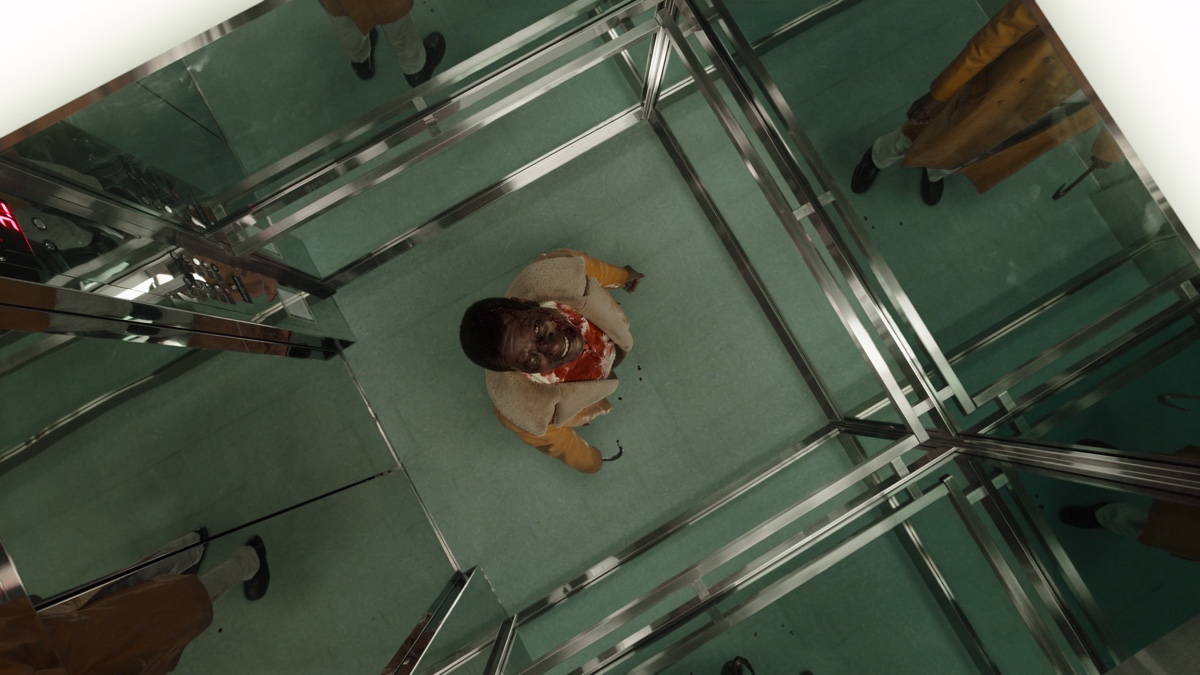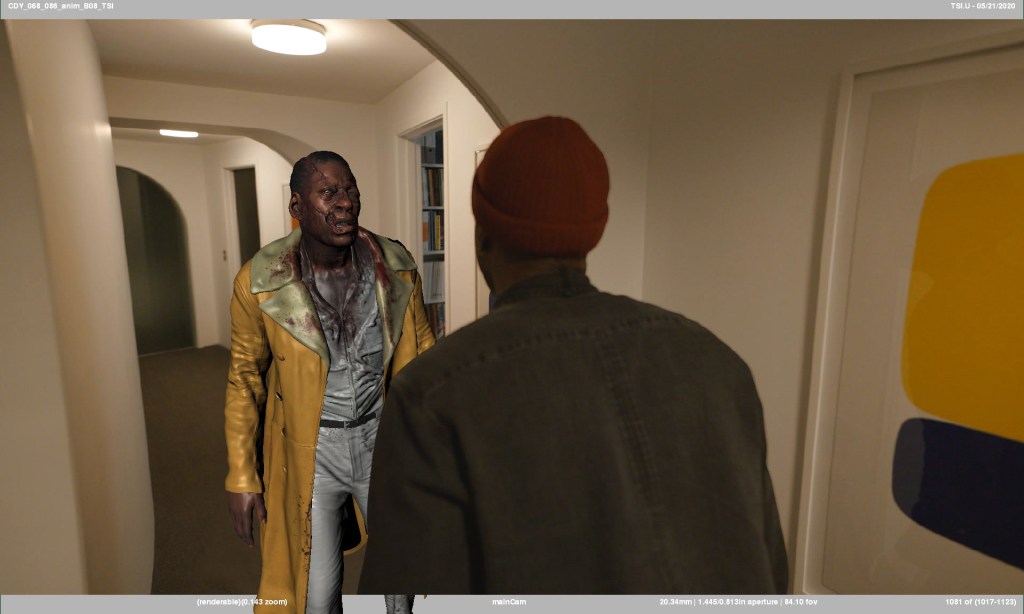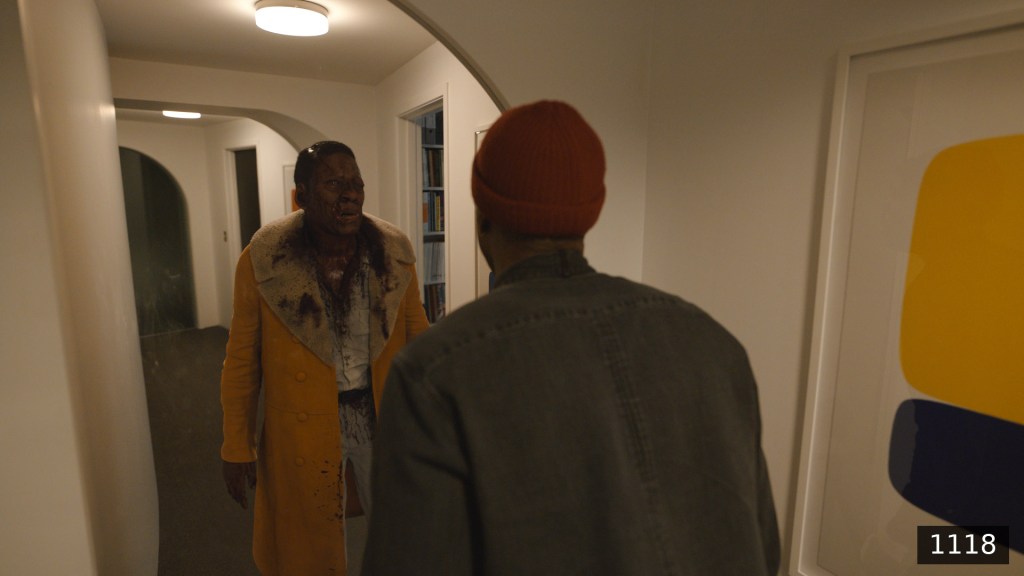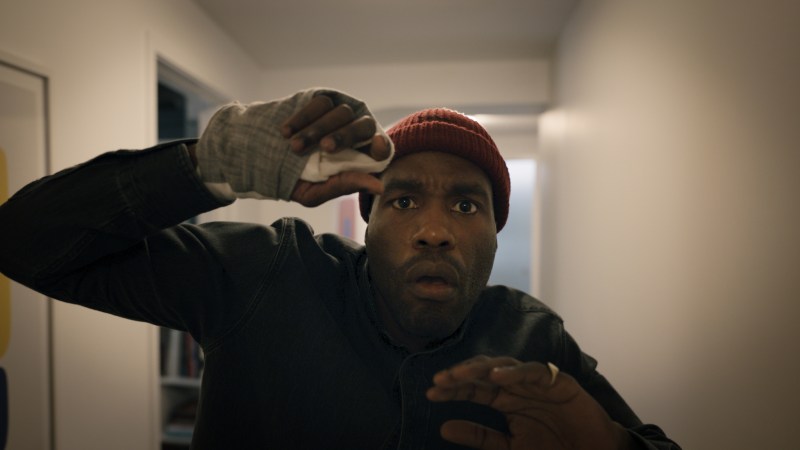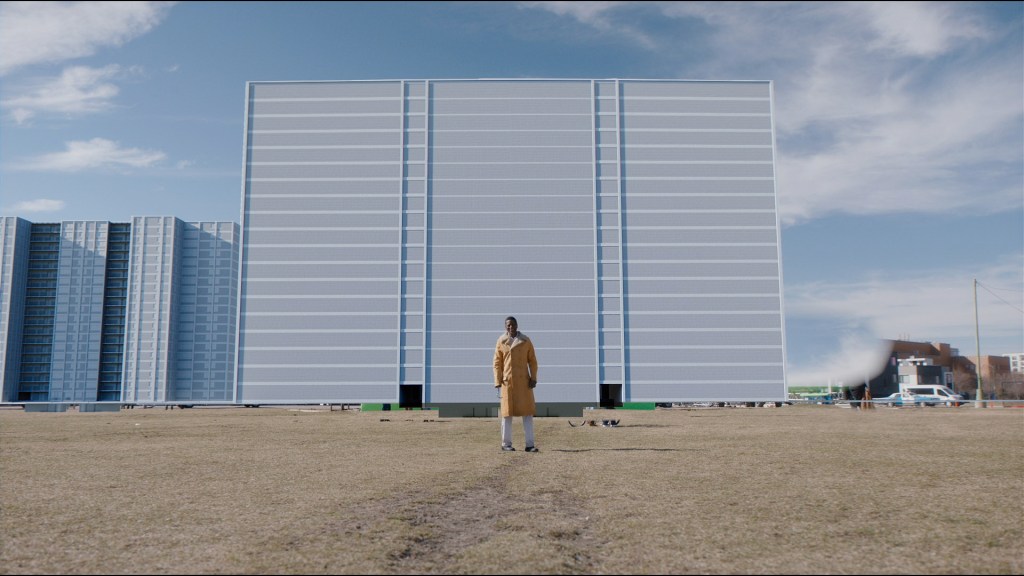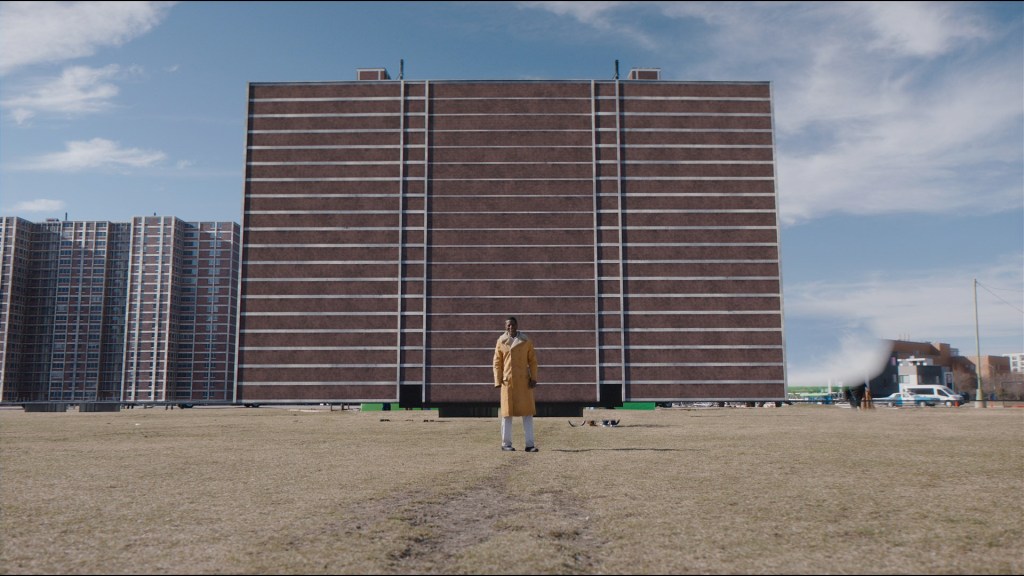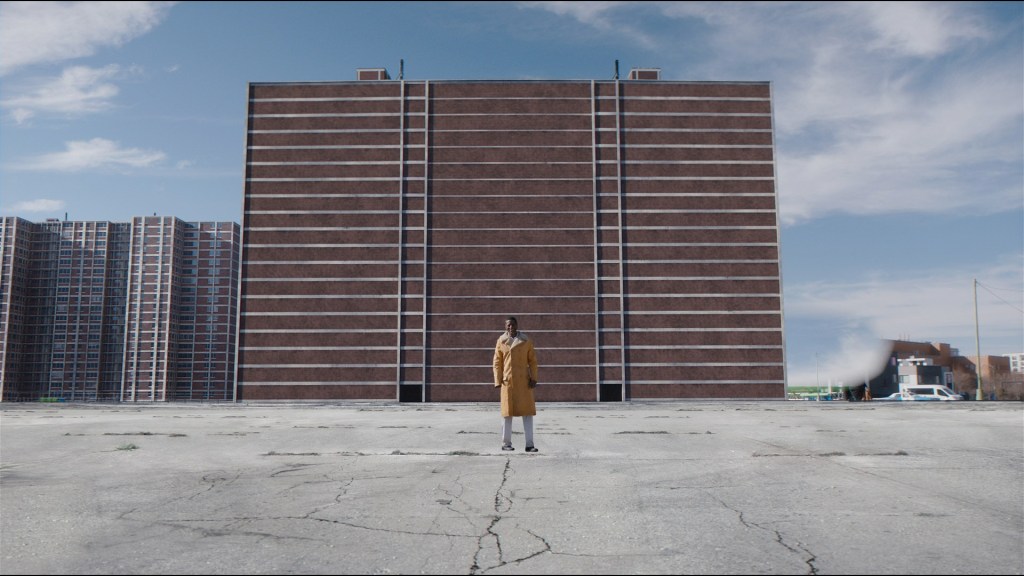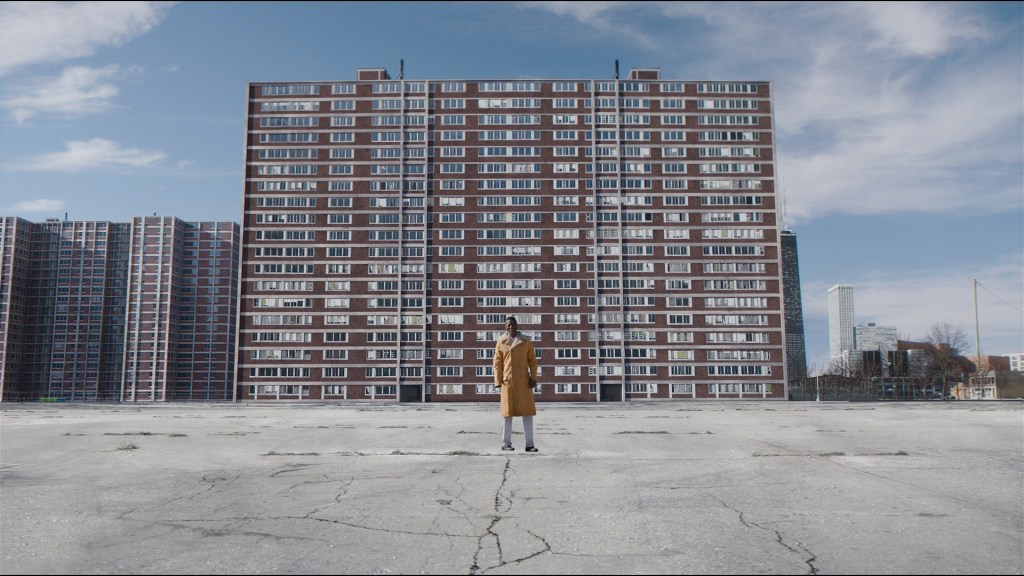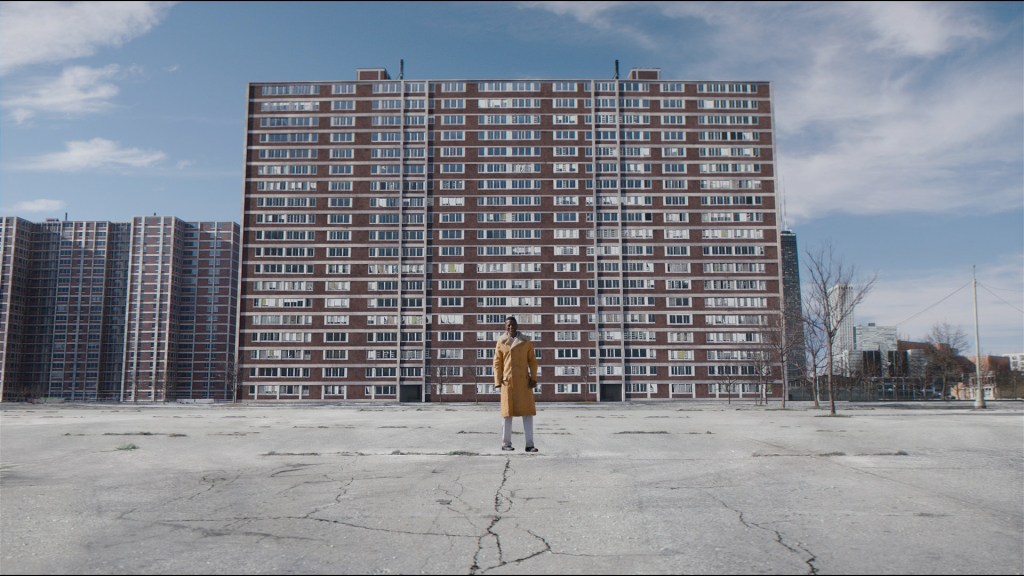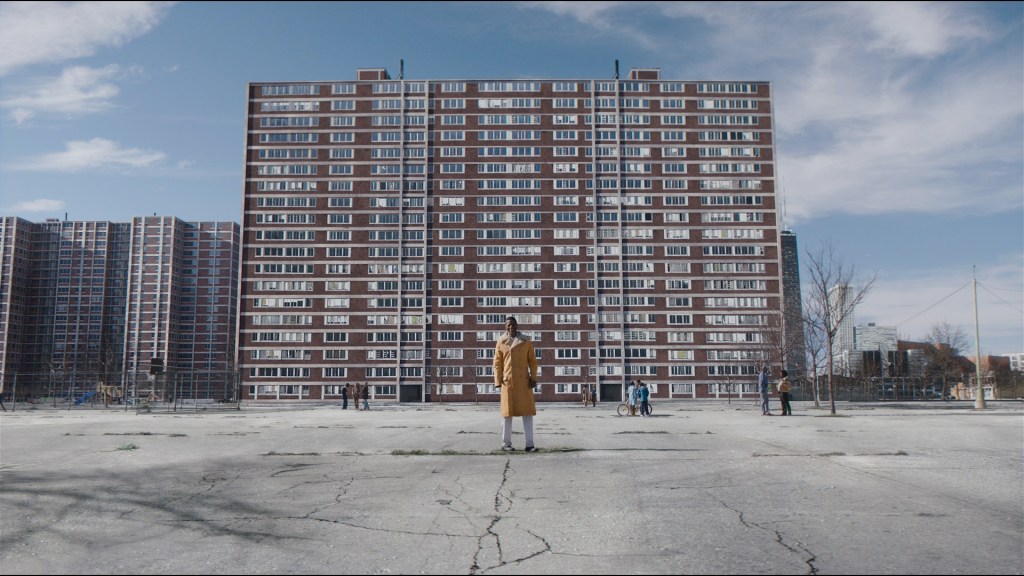Horror Cult Classic during the COVID Crunch
[[Spoiler alert:]]
The latest remake of the CANDYMAN cult classic from the 90s is a ‘spiritual sequel‘. Based on stories of murder and counter-attack which portray the martyrs as the Candyman for their time in local folklore.
The original CANDYMAN story took place just after the Civil War in the US. The original Candyman was an African-American, an ex-slave who became a painter of some repute, touring around doing portraits. He painted a portrait of a wealthy businessman’s daughter. During the sitting, the artist and the daughter fell in love. The businessman is outraged and secretly arranges to have the painter tortured horribly. His right hand is hacked off and replaced with a hook, and he is also smeared with a bee hive’s worth of honey. The story becomes folklore in the US southern states and is doomed to be repeated down the years.
In this Nia DaCosta-directed horror movie, we have a new Candyman. Anthony McCoy is a painter in the present day. McCoy ends up becoming the Candyman after revisiting the Cabrini Green section of Chicago. He used to live in this neighbourhood and he’s learning the history which he’d not heard of before.
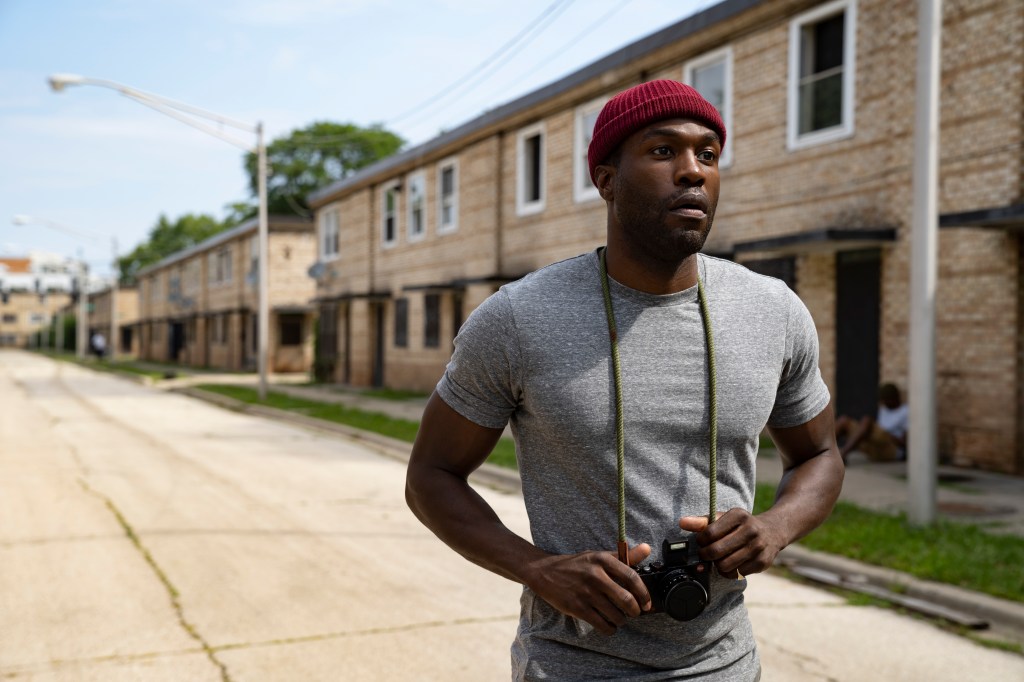
James McQuaide is the VFX Supervisor/Producer on CANDYMAN and also second-unit director. He previously worked on all five Underworld movies. He’s just come off VFX production on David Slade’s adaption of Dark Harvest, due for release soon.
Visual Effects for CANDYMAN were ultimately done by Rising Sun Pictures in Adelaide and Method Studios and Luma Pictures in Melbourne. In fact, the visual effects here have been nominated for Outstanding Supporting Visual Effects in a Photoreal Feature in the upcoming VES Awards in March; with work from Josh Simmonds, Andrew Zink, Drew Dir, Ryan Evans and James McQuaide, (and their crew of artists) finding well-deserved attention.
To be clear, in CANDYMAN there are very strong racial violence undertones, social issues like the gentrification of the Chicago districts and destruction of the Cabrini Green projects, where the main character grew up. “This is all open fields there now,” explains McQuaide. “Rising Sun Pictures rebuilt the entire Cabrini Green towers digitally, which were torn down in the early 80s. The dedication to authenticity was brilliant. The production design team worked out where the towers were actually physically placed, and we shot in that location. The background angles, the view behind each scene was correct for that time.”
The team searched archives to help recreate the towers but they didn’t seem to exist. “This seemed quite bizarre, since it was a public housing project of significant size,” McQuaide adds. “We ended up relying on documentary footage and a photographer of the time who documented a lot of the buildings. We used the original CANDYMAN movie footage as reference as well of course because when they shot the original, those towers were still there.”
Throwing the bodies
There are several sequences in CANDYMAN, where the characters are ‘attacked’, and their bodies are set upon and ripped apart. Blood is everywhere. But while a lot of this is added to in VFX work with Houdini and NUKE, the direction was to show, “as much practical action as possible.” The ability to art-direct the end result to some extent, was something found to be ultimately crucial. And less messy.
As the story opens up, the killing becomes more abstract, more surreal and more implied. Always coming back to the idea that the less exploitative you are, the more powerful the action is. In the first murder sequence in the gallery, there is a lot of wire work to hurl the actors around, and a lot of rehearsals to get the choreography correct.
The CG Sherman character, which is Luma Pictures’ CG rebuild of the character seen in the original movie, complete with the face of the original Candyman. “The direction from the beginning was to do everything practically,” says McQuaide, “but there was also direction to pull back on the horror of the prosthetics, used for the practical, and the only way to do that was to replace Sherman with a fully digital Sherman, to convey the horror of the damage he’d sustained.” This ultimate decision to change up the character from a practical prosthetics face and build digitally, was made almost at the moment the US was closing during the first COVID lockdown.
A difficult sequence was staged in the hallway of the art critic’s apartment. There is a moment where our main character Candyman, faces off against the original Sherman Candyman in a mirror. But in the mirror is completely CG; a digital rebuild of the Sherman Candyman from the original movie. Again, this is so convincingly real, the result is assumed to be practical. But, the modelling, animation and rigging and cloth sims were all done in Maya by the Luma team. Blood sims in Houdini and compositing all within Nuke.
James McQuaide has historically worked with RSP, he checked out Animal Logic, he even worked with Luma Pictures and has always found the Australian animation scene and VFX crews incredibly easy to work with. He spent months down in Docklands in Melbourne, shooting a movie called ‘I, Frankenstein’ in 2014. “It’s not just the quality of the work, but the attitude of the crew,” he says. When he’s back in California, the time difference is perfect because he makes notes while they sleep and hands over in his afternoon while they are just starting up. “What Method and Luma delivered for the CANDYMAN project, right at the beginning of the first global COVID lockdown scramble, was astonishingly real,” he adds.
Swarming danger
The digital Candyman is devilishly horrible. His right hand replaced with a grappling hook and his head almost obscured by a dancing crowd of angry bees. The bees were created and choreographed in a crowd simulation software package by Method Studios here in Melbourne as well. There were several closeups and mid-shots of groups of bees, all digital. In the original movie, Sherman is introduced with bees crawling out of his mouth. “We didn’t need to do that again,” says McQuaide. “We improved on that.”
This hazardous army seething around his torso, illustrates savagely the way the original Candyman was dispatched, way back in American slavery times. This time he is back, carried like an undead buzzing siren, with a message.
((involuntary shiver))

Related links:
RISING SUN PICTURES (FUME FX)
